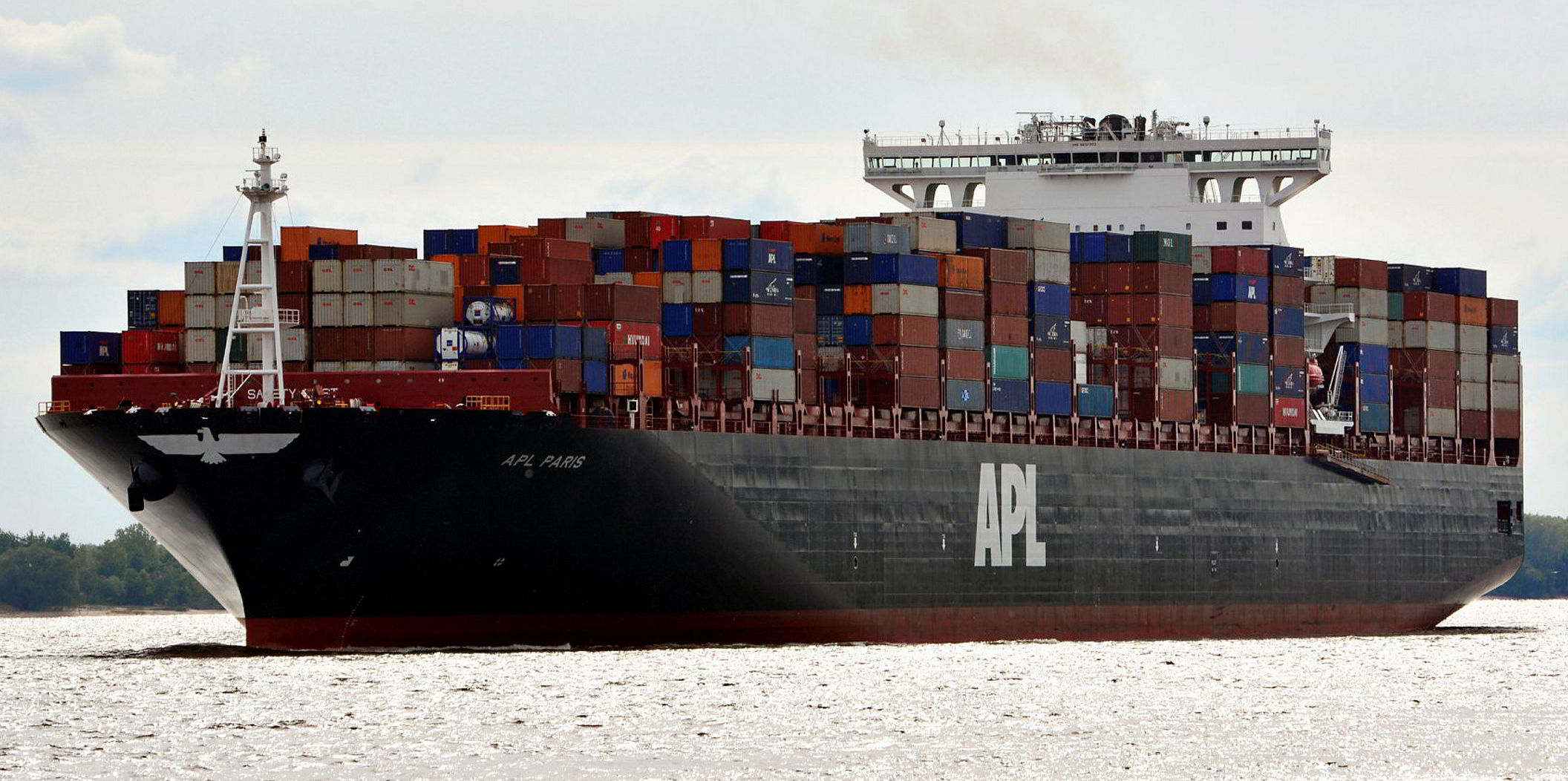Seaspan is looking at independent shipowners and Chinese leasing houses in its drive to consolidate a market in which the fragmented ownership structure of tonnage suppliers confronts a client base of consolidated liner outfits.
Seaspan controls about 7% of the global fleet in terms of capacity. More capacity would give it more bargaining power with the major liners.
Chief executive Bing Chen declined to name a growth target and denied that bargaining power is a goal, but confirmed he is out for market share.
Why? Because liner customers are looking for “scalable, flexible partners” to provide tonnage, smaller owners with less access to capital have a hard time meeting vessel quality requirements, and the potential economies of scale would force down operating costs, making Seaspan more competitive as an owner and technical manager.
Seaspan has not bought any speculative, charter-free containerships in two years. But as a provider of tonnage under its own technical management, it needs an inventory to meet the expected tonnage requirements of liners.
Chen said the company maintains flexibility by keeping about 20% of its fleet by capacity on charters of less than one year at a given time.
Its 119 ships are sailing on an average charter of four-and-a-half years, which generates about $4.6bn in contracted revenue.
While larger vessels are on dedicated long-haul trades or feeder services, it is the 8,000-teu to 20,000-teu segment in which liner customers need third-party tonnage. About 70% of Seaspan’s fleet is over 10,000 teu, and that is where Chen intends further acquisitions: “I definitely don’t think we will go down from 70%.”
Seaspan owns all its ships outright but would be open to expanding with assets financed by the Chinese leasing houses with which it is in talks.
Its most recent acquisition was a straight purchase of six CMA CGM-chartered ships from China Merchants Bank Financial Leasing, and Chen expects to do more such deals as leasing houses adjust their portfolios.
But he is also open to new types of deals. “Cooperations with Chinese financial leasing companies could take the form of lease financing of vessels to us, or it could be that they need a quality operator as they grow in the operating lease business. So far, we have not done either.”
Seaspan cooperates closely with a handful of leasing houses. It does not consider them competitors, because as an owner and technical manager, it is a tonnage provide, not a financier.
Chinese ship finance observers who spoke to TradeWinds agreed that Seaspan is well positioned for its oft-stated goal of consolidation. But some said the leasing houses are too committed to large boxships as an asset class to be interested in selling much of their portfolio, and point towards independent shipowners as a likelier source as Seaspan bulks up.
That thought is not foreign to Chen, although he pointed to acquisitions from Japanese financiers and especially from the liner companies themselves.
“I agree that in general the reason the market has been fragmented is because of private owners,” he added. “Independent smaller owners — it will be hard for them to have the capital, scale, flexibility and quality to meet the standards of liners.”
But leasing houses are “the true players in the market in terms of who could really sell”, and when they need to offload ships to adjust their portfolios, he thinks Seaspan will be positioned to execute a deal quickly.





